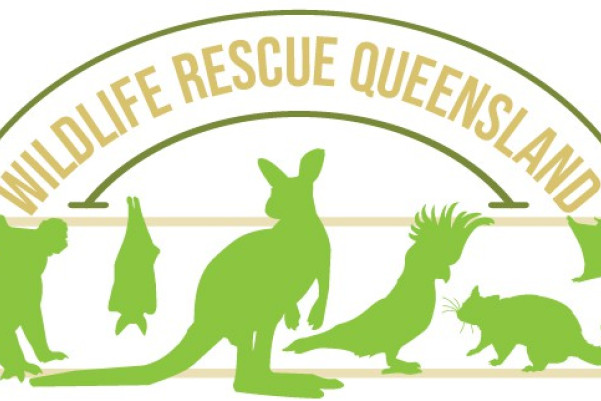News
17 June, 2023
Wildlife Rescue Queensland receives $160,000 to continue heroic work
WILDLIFE Rescue Queensland (WRQ) will receive $160,000 to bolster their operations over the next two financial years.

Moreton Bay Mayor Peter Flannery said WRQ was one of the most invaluable not-for-profit organisations in the region and there was no way any Government or private firm could deliver a similar service.
“We are forever in debt to these incredible volunteers for their time and service providing emergency care for local wildlife, so really this $160,000 grant is a small way we can help those heroes who help our wildlife in a crisis,” Cr Flannery said.
“WRQ provides a vital local service responding to urgent calls for assistance on their 24/7 hotline, deploying a specialist Trauma Team and facilitating the transportation of orphaned or injured animals to Australia Zoo Wildlife Hospital, RSPCA, and various vet clinics.
“Historically WRQ has been entirely self-funded and reliant on donations to continue its operation, I’m amazed this is the first time the organisation has made a request for operational funding support from Council and I’m thrilled that application received unanimous support.
“Wildlife Rescue Queensland is also part of Council’s calls for government funding to build a wildlife hospital in the region, a much-needed facility that would end the need for WRQ’s first responders to travel to Wacol or Beerwah to access emergency wildlife services.
“Our community has made it clear to us that they want to see an increase in environmental protection in the face of booming population growth and we take this responsibility seriously.
“Both in terms of wildlife emergency response and also in terms of protecting our environment from over-development.
“That’s why this Council has committed to a net zero emissions target across our operations by 2039.
“We have also pledged to keep 75% of our region’s landmass as greenspace, to protect native habitat and provide homes for wildlife as our human population grows.
“That means we will contain the urban footprint of our city to just 25% of Moreton Bay’s land area, which will mean more infill development rather than urban sprawl, but we believe it’s important to get this kind of planning right in the interests of our own sustainability.”
In the face of a booming population Council has committed to ‘Going Green As We Grow’.
Moreton Bay region currently welcomes 10,000 new residents every year, making it one of the fastest growing Council areas in Australia.

